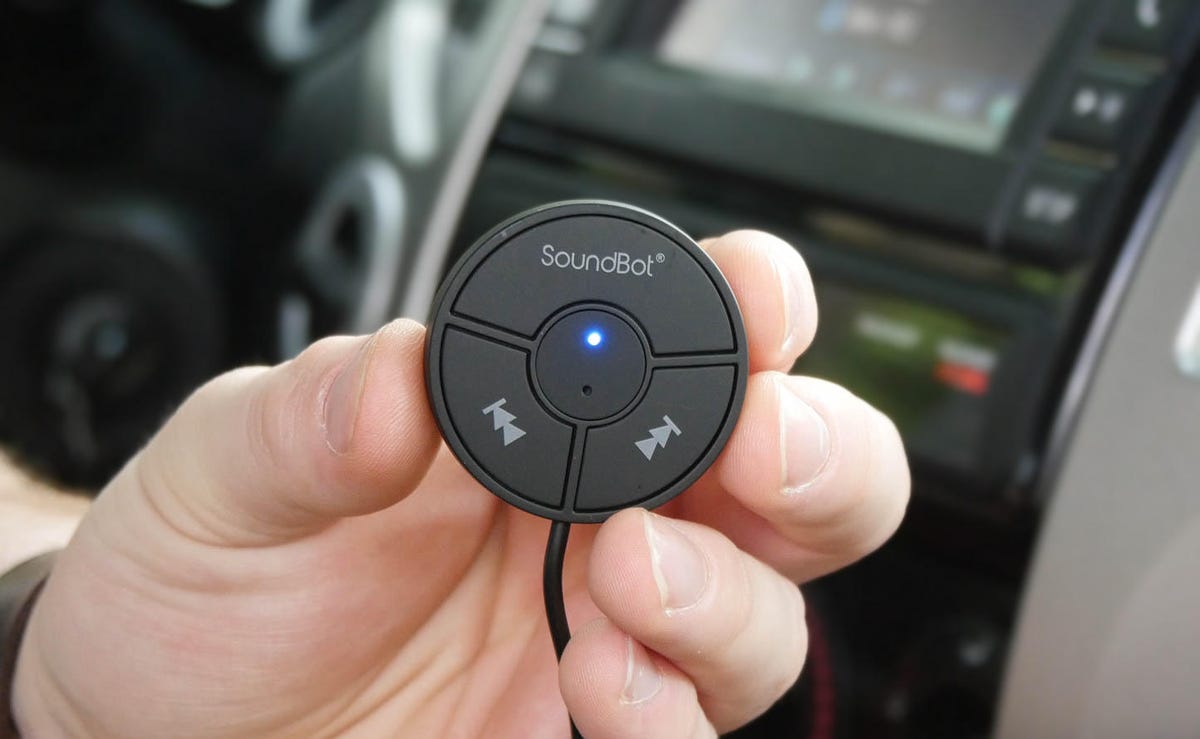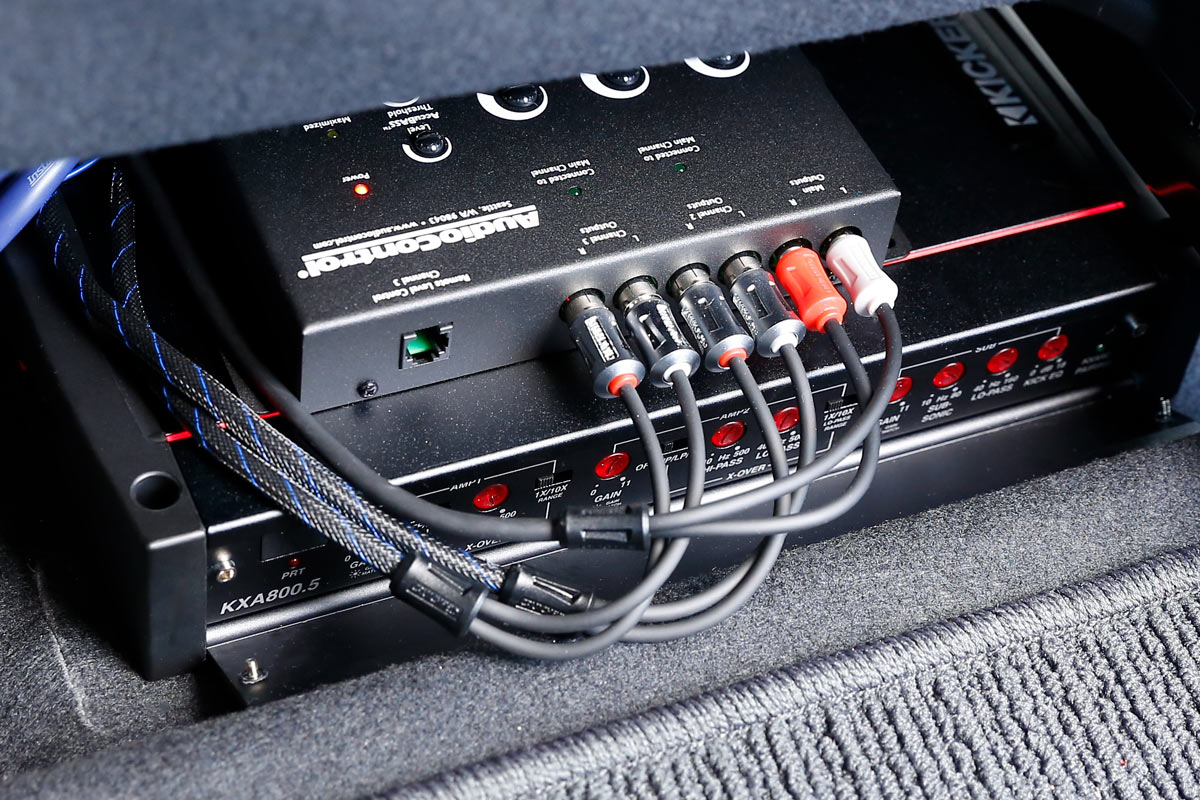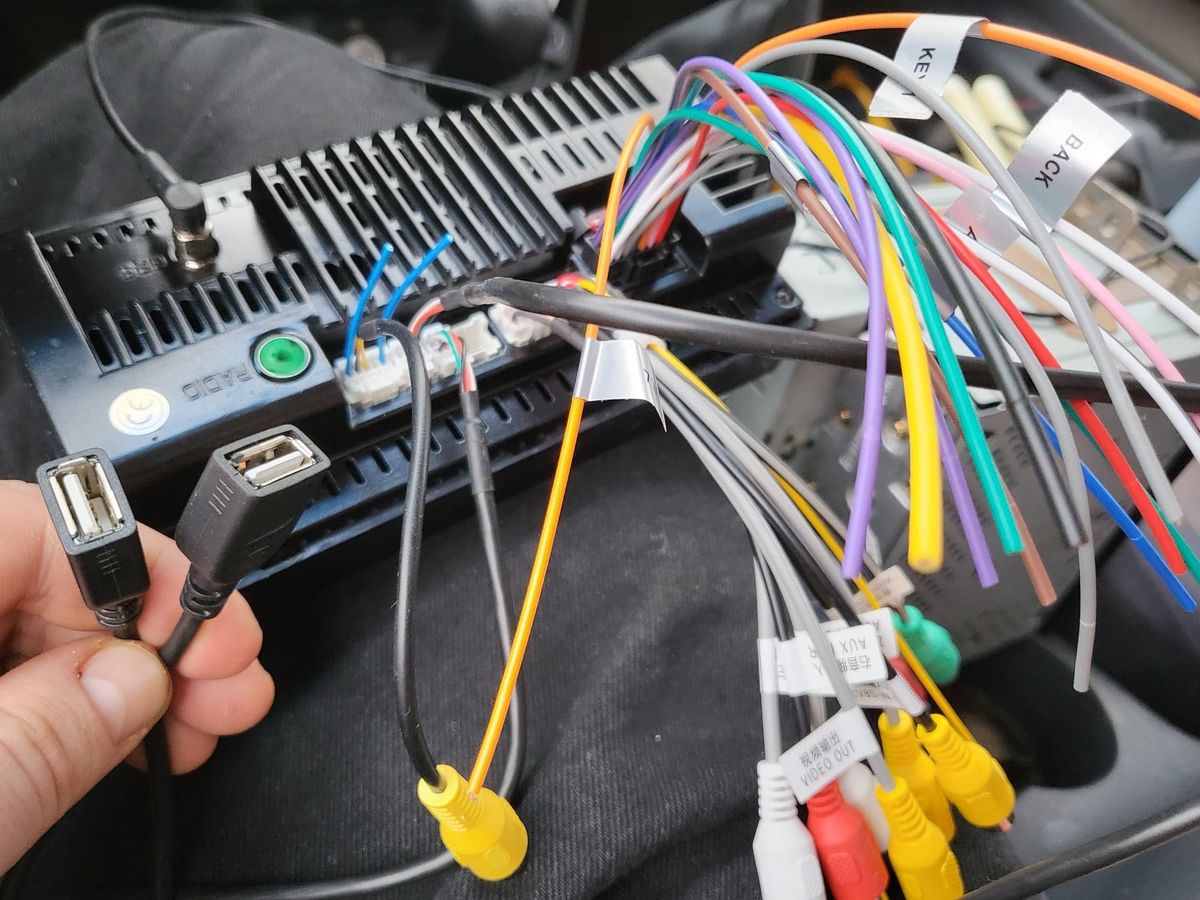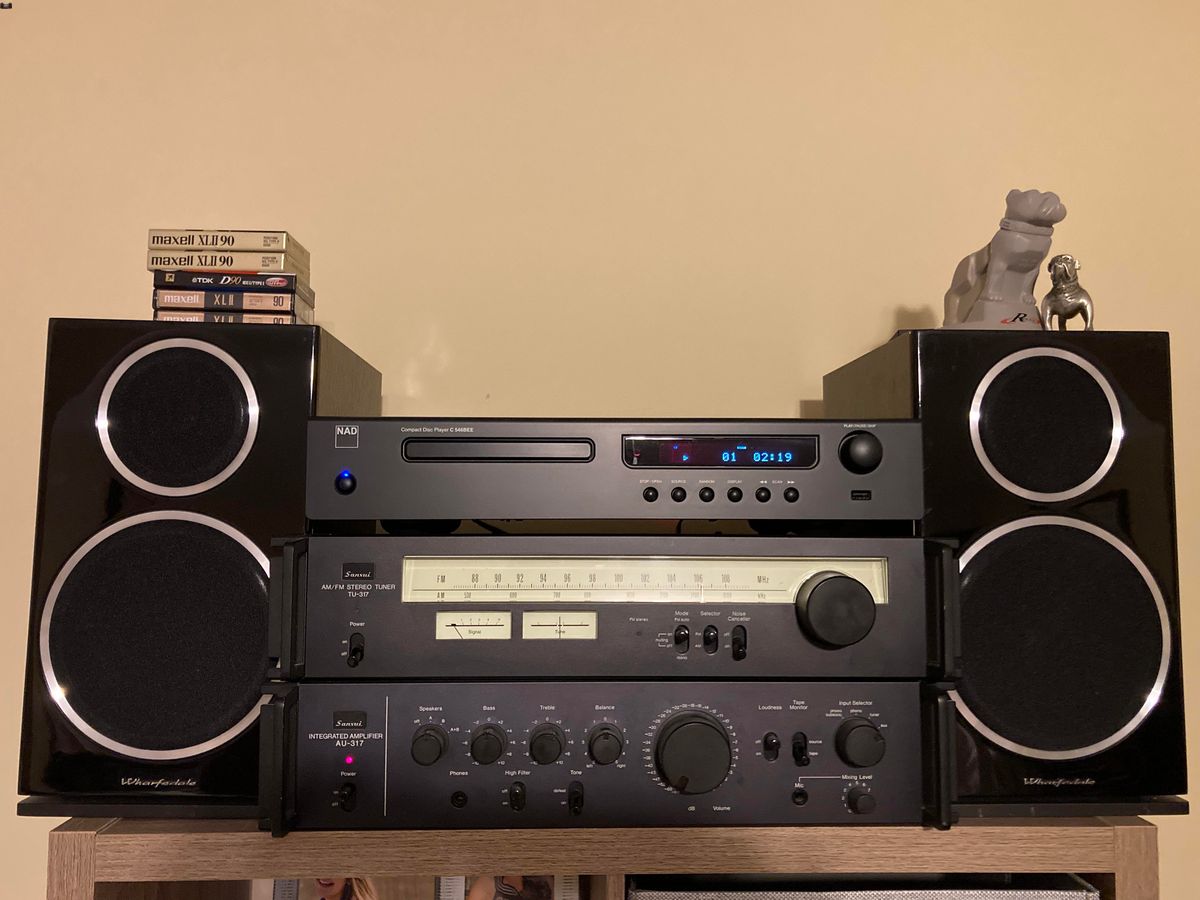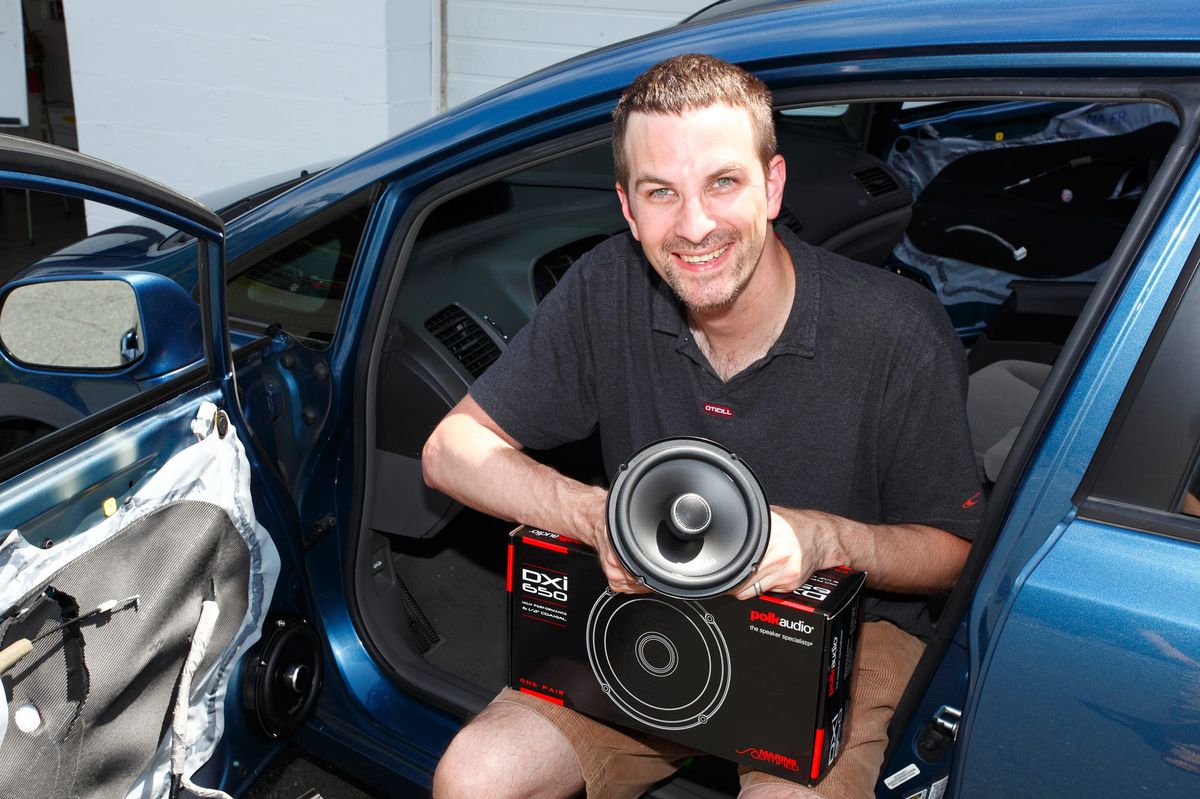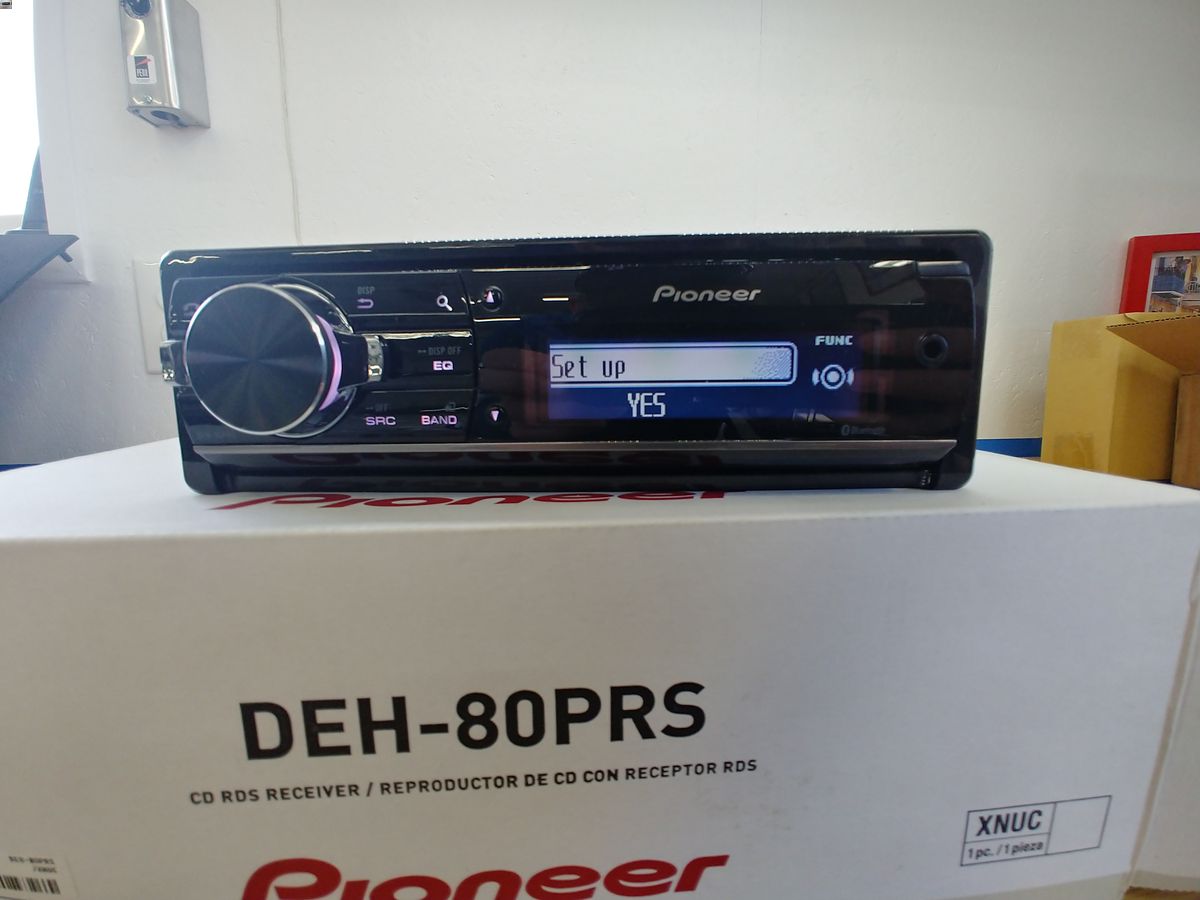Home>Devices & Equipment>Subwoofer>How To Connect Car Subwoofer To Home Stereo
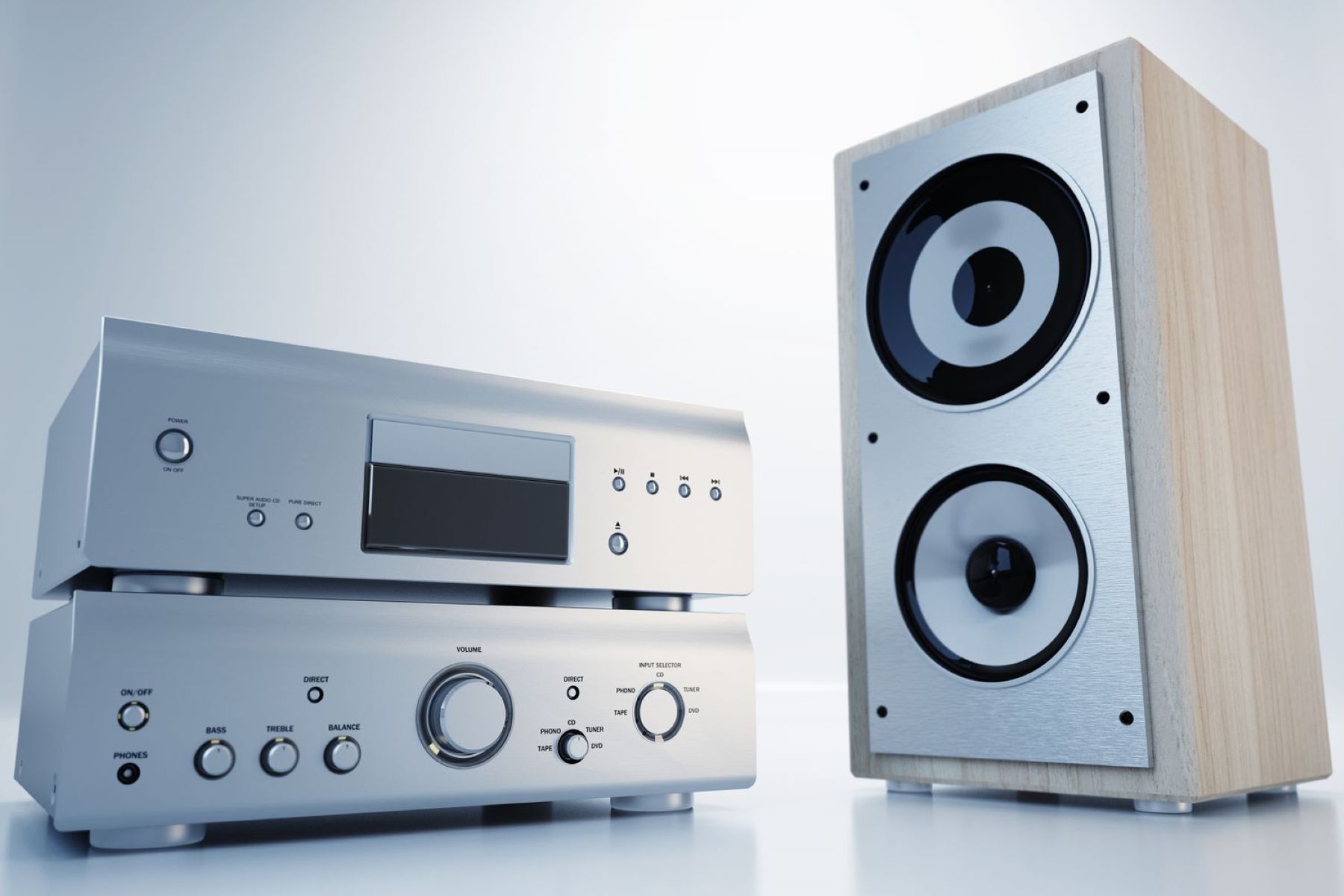

Subwoofer
How To Connect Car Subwoofer To Home Stereo
Published: January 22, 2024
Learn how to connect a car subwoofer to your home stereo system and enjoy powerful bass in your living room. Discover step-by-step instructions and make your home audio setup complete.
(Many of the links in this article redirect to a specific reviewed product. Your purchase of these products through affiliate links helps to generate commission for AudioLover.com, at no extra cost. Learn more)
Table of Contents
Introduction
Are you a music enthusiast who wants to bring the thumping bass of a car subwoofer into your home stereo system? Well, you’re in luck! Connecting a car subwoofer to a home stereo can significantly enhance the audio quality and give you that immersive experience you crave.
While it may seem like a daunting task at first, with the right equipment and a few simple steps, you can easily connect your car subwoofer to your home stereo and start enjoying some incredible low-end frequencies. Whether you want to feel the rumble of explosions in movies or experience the deep bass grooves in your favorite music, this guide will help you achieve that.
Before we dive into the step-by-step process, it’s important to note that not all car subwoofers are compatible with home stereo systems. Car subwoofers are typically designed to work with a car’s electrical system, which operates at a lower voltage than home audio systems. However, with the right equipment and a little bit of know-how, you can overcome these hurdles and connect your car subwoofer to your home stereo system.
In this article, we will walk you through the necessary equipment needed, the step-by-step process of connecting the subwoofer to your home stereo, and how to configure the audio settings to achieve the best sound quality. So, let’s dive in and get your car subwoofer booming in the comfort of your own home!
Equipment Needed
Before you can connect your car subwoofer to your home stereo, you will need to gather a few essential pieces of equipment. Here’s a list of what you’ll need:
- A car subwoofer – Make sure it is in good working condition and has the necessary power capabilities to handle being connected to a home stereo system.
- A home stereo receiver – This is the main component of your home audio system that will power and control the sound.
- An amplifier – If your home stereo receiver doesn’t have a dedicated subwoofer output, you will need an amplifier to boost the signal.
- An RCA cable – This cable will be used to connect the audio output of your home stereo receiver to the input of your car subwoofer.
- An RCA to speaker wire adapter – This adapter will allow you to connect the RCA cable to the speaker wire terminals on your car subwoofer.
- A power supply – Since your car subwoofer is originally designed to work with a car’s electrical system, you will need a power supply to provide the necessary voltage.
- A power inverter (optional) – If you don’t have a dedicated power supply, a power inverter can convert the power from a regular wall outlet into the appropriate voltage for your car subwoofer.
It’s essential to ensure that all the equipment you use is compatible with each other in terms of power requirements and signal connections. Doing so will ensure optimal performance and prevent any potential damage to your subwoofer or home stereo system.
Once you have gathered all the necessary equipment, you are ready to move on to the next step: determining the compatibility between your car subwoofer and home stereo.
Step 1: Determine the Compatibility
Before you start connecting your car subwoofer to your home stereo, it’s crucial to ensure that they are compatible with each other. Here are a few factors to consider:
Power Requirements: Car subwoofers typically have different power requirements than home stereo systems. While a car subwoofer relies on a car’s electrical system for power, a home stereo operates on higher voltage. Ensure that your car subwoofer can handle the voltage from your home stereo or use a power supply or power inverter to provide the appropriate voltage.
Impedance Matching: The impedance of your car subwoofer should match the impedance capabilities of your home stereo receiver. Mismatched impedance can cause distortion or damage to your equipment. Check the specifications of your subwoofer and receiver to ensure compatibility.
Signal Connection: Determine if your home stereo receiver has a dedicated subwoofer output or if you need to use an amplifier. If there is no subwoofer output, you will need an amplifier to boost the signal to your subwoofer. Ensure that you have the necessary cables and adapters to make the appropriate connections.
By taking the time to assess the compatibility between your car subwoofer and home stereo, you can avoid any potential issues and ensure a smooth and successful connection process. If you have any doubts or questions, refer to the user manuals of your equipment or consult with an audio specialist for further guidance.
Once you have determined that your car subwoofer and home stereo are compatible, you can move on to the next step: choosing the correct cables for the connection.
Step 2: Choose the Correct Cables
Choosing the right cables is crucial for establishing a solid connection between your car subwoofer and home stereo. Here are the cables you will need:
RCA Cable: The RCA cable is commonly used to transfer audio signals between different audio devices. Look for an RCA cable that is long enough to reach from your home stereo receiver to your car subwoofer. Ensure that the cable connectors match the available input and output ports on your equipment.
RCA to Speaker Wire Adapter: Since car subwoofers typically use speaker wire connections, you will need an adapter that converts the RCA signal to speaker wire. This adapter will allow you to connect the RCA cable to the speaker wire terminals on your car subwoofer.
If your home stereo receiver doesn’t have a dedicated subwoofer output, you may require an additional cable:
Speaker Wire: If you are using an amplifier to connect your subwoofer, you will need speaker wire to connect the amplifier’s output terminals to your subwoofer’s speaker wire terminals. Ensure that the gauge and length of the speaker wire are suitable for your setup.
When selecting cables, it’s advised to choose high-quality cables to minimize signal loss and interference. This will help maintain the audio quality and ensure a reliable connection between your devices.
Once you have the necessary cables and adapters, you are ready to move on to the next step: connecting the car subwoofer to the home stereo.
Step 3: Connect the Car Subwoofer to the Home Stereo
Now that you have the right cables and adapters, it’s time to connect your car subwoofer to your home stereo. Follow these steps:
- Locate the subwoofer output on your home stereo receiver. It is usually labeled as “Sub Out” or “LFE Out.”
- If your home stereo receiver has a dedicated subwoofer output:
- Connect one end of the RCA cable to the subwoofer output on your home stereo receiver.
- Connect the other end of the RCA cable to the input of the amplifier, if needed.
- If your home stereo receiver does not have a dedicated subwoofer output:
- Connect one end of the RCA cable to the “Pre-Out” or “Line Out” on your home stereo receiver.
- Connect the other end of the RCA cable to the input of the amplifier.
- Connect the speaker wire from the amplifier’s output terminals to the speaker wire terminals on your car subwoofer using the RCA to speaker wire adapter.
- Ensure that all connections are secure and tight.
Once you have successfully connected the car subwoofer to your home stereo, you are ready to move on to the next step: configuring the audio settings.
Keep in mind that the exact setup process may vary depending on the specific models of your car subwoofer, home stereo receiver, and amplifier. Always refer to the user manuals of your devices for specific instructions and guidance.
Step 4: Configure the Audio Settings
After connecting the car subwoofer to your home stereo, it’s essential to configure the audio settings to ensure optimal sound quality. Follow these steps to fine-tune your setup:
- Access the audio settings menu on your home stereo receiver. This is typically done through the receiver’s remote control or front panel.
- Locate the “Bass” or “Subwoofer” settings. Adjust the bass level and crossover frequency to your preference. Experiment with different settings to find the balance that suits your listening preferences.
- If your home stereo receiver has an advanced audio calibration system, such as Audyssey or YPAO, follow the on-screen prompts to set up and optimize the subwoofer output.
- Test the audio by playing audio content that contains deep bass or low frequencies. Listen for any distortions or imbalances in the sound. Make additional adjustments if necessary.
- Refer to the user manual of your home stereo receiver for more advanced settings and customization options. Some receivers offer features like phase adjustment and dynamic range compression, which can further enhance your listening experience.
Remember to take your time when configuring the audio settings and trust your ears. Every room and setup is unique, so what works for others may not be ideal for you. Don’t hesitate to tweak the settings until you achieve the desired bass and overall sound quality.
Once you have configured the audio settings to your satisfaction, you are ready to move on to the final step: testing the subwoofer.
Step 5: Test the Subwoofer
Now that you have completed the connection and configuration process, it’s time to test your subwoofer and ensure everything is working as expected. Follow these steps to test your subwoofer:
- Play audio content that has a wide range of frequencies with emphasis on the low end, such as bass-heavy music or a movie with explosive sound effects.
- Listen carefully to the output of your subwoofer. Pay attention to the clarity of the low frequencies and the impact of the bass.
- If the subwoofer output seems weak or distorted, recheck all of your connections to ensure they are secure and properly plugged in. Adjust the audio settings, especially the bass level and crossover frequency, as needed.
- Moving around the room can help you identify any localization issues or dead spots where the bass might sound uneven or weak. Consider adjusting the placement of your subwoofer to achieve a more balanced sound throughout the room.
- Continue testing your subwoofer with different audio content to gauge its performance across a variety of genres and soundtracks.
If you encounter any issues or are not satisfied with the performance of your subwoofer, refer to the user manuals of your equipment for troubleshooting tips or consider seeking help from an audio professional.
Remember that achieving optimal sound is a matter of personal preference, room acoustics, and the specific capabilities of your equipment. Don’t be afraid to experiment with different settings and placements to get the best performance from your car subwoofer in a home stereo setup.
Congratulations! You have successfully connected and tested your car subwoofer in your home stereo system. Now sit back, relax, and enjoy the deep, rumbling bass that will bring your movies, music, and audio experiences to a whole new level!
Conclusion
Connecting a car subwoofer to a home stereo system is an excellent way to enhance the audio experience and bring powerful bass into your home. While the process may require some equipment and careful configuration, it is well worth the effort for the immersive listening experience it provides.
By following the steps outlined in this guide, you can successfully connect your car subwoofer to your home stereo and enjoy the deep, rumbling bass that brings your music, movies, and games to life. Remember to determine the compatibility between your devices, choose the correct cables, and configure the audio settings to optimize your setup.
Throughout the process, take your time to fine-tune the settings and trust your ears to achieve the desired sound quality. Experiment with different bass levels, crossover frequencies, and placement to find the optimal balance for your listening environment. Don’t hesitate to consult the user manuals of your equipment or seek advice from audio professionals if needed.
With the right connections, settings, and a bit of fine-tuning, you can transform your home stereo system into a powerhouse of low-frequency audio that will add depth and impact to your favorite media. So, go ahead and enjoy the immersive sound experience that a car subwoofer brings to your home stereo.
Now, crank up the volume, feel the vibrations, and get ready to embark on an audio journey like never before with your car subwoofer connected to your home stereo!

